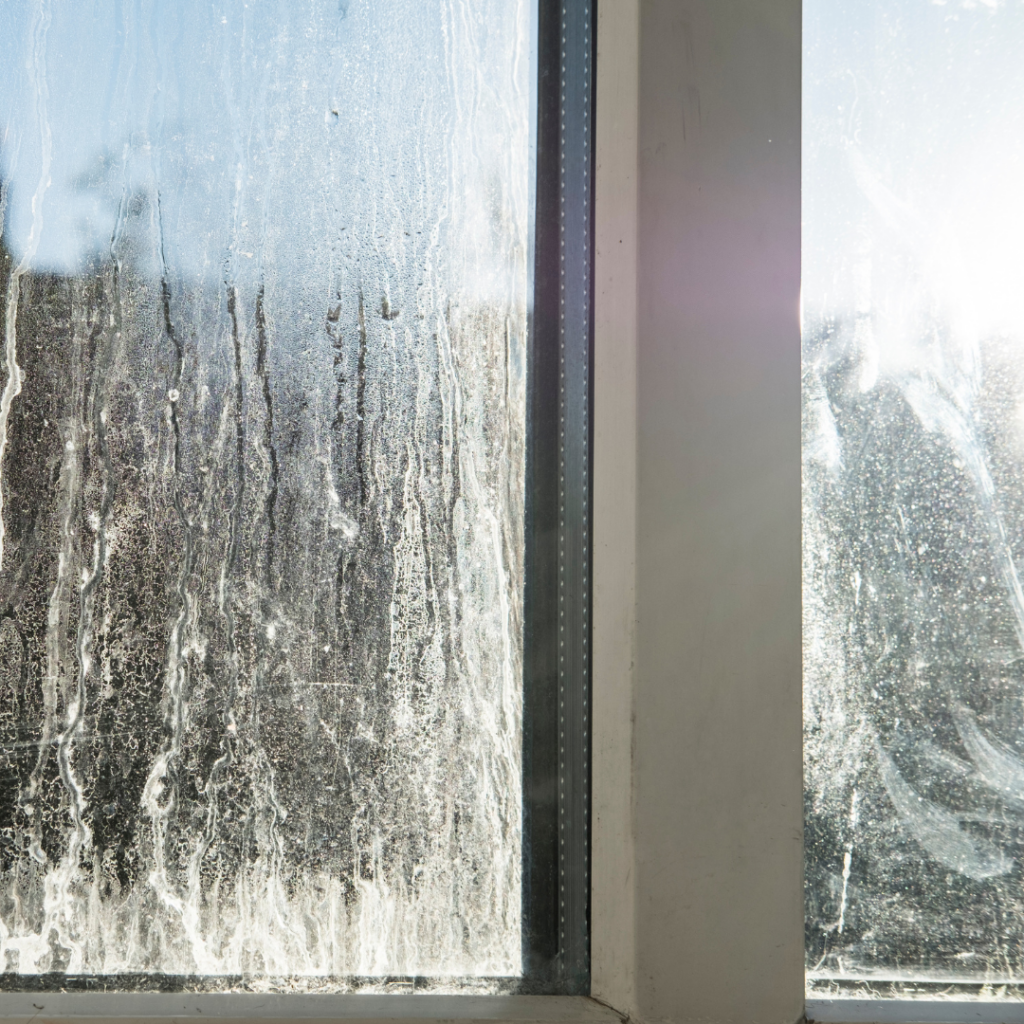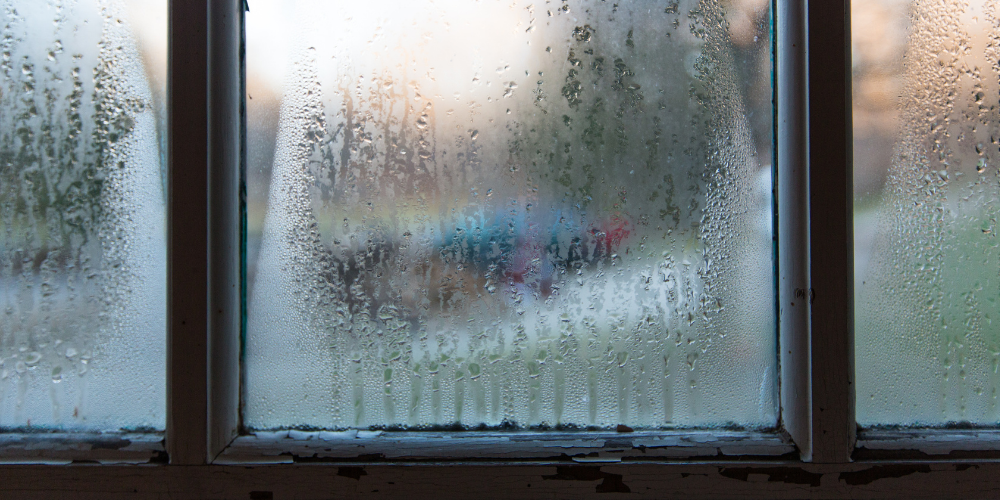Blown Double Glazing & What To Do About It
One of the most prevalent problems that people have with their double-glazed windows is getting condensation in between the panes of glass. If you are seeing this in your window panes, it means that your double glazing has failed. This can also be known as a blown double-glazing unit.
Why is there condensation inside my double-glazed windows?
Double glazing is made by putting two panes of glass together with a thermally efficient spacer bar in between.
This is then sealed to make it into a double-glazed unit. When the seal on the double-glazed unit breaks down (or “fails” as is known in the industry) that condensation will get into the inside of the glass unit, resulting in misted or blown double glazing.
If the seal is broken, then air can seep inside. Air contains microscopic droplets of water, which is what you see forming as condensation between the panes of glass.
Can I leave my blown double glazing? What effect will it have on my property?
Aside from the obvious issue of the condensation obscuring the view from your windows, blown double glazing will interfere with the energy efficiency of your windows.
If the seal has broken, the glazing is no longer a “sealed unit”. It will not be performing the function of a sealed double glazed unit; it can no longer keep the cold out, or allow energy generated by your heating system in and allow solar gain to be retained within the house.
While this may not be such a problem in the summer months when you can open windows to let the breeze through, but we would always advise to have them replaced well before the winter months, to ensure that your heating is working as hard as it can for you.


Can failed double glazing be repaired?
Technically yes, blown double glazing can be repaired, but we really don’t recommend it! Essentially, the seal can be fixed with a repair by simply renewing the seal on the entire window, but this won’t help the misting or condensation already within the panes.
You can get a DIY misting repair kit from Amazon – in our experience using one of these can cause more harm than good. It involves drilling a small hole into the window, leaving the window to clear as much as it can, cleaning the inside of the panes with a magnetic tool, inserting drying pellets that eventually disappear and plugging the hole with the provided clear cement.
You will also have to re-seal the unit, and these repairs will need doing regularly. The best way to repair blown or failed double glazing is a complete replacement of the windowpanes.
Warranties and guarantees for double glazing
Before you go about replacing any blown double glazing, you should check the warranty that you have. If the glazing is still within warranty, you should give the installers a call to let them know. They may rectify the problem at their own cost depending on what the warranty includes.
It’s worth speaking to the installers of your window in any case, if your warranty has expired, they may still be able to offer you a reduction in repair or replacement costs.
Our Staywarm Energy insulated glazing comes with a 10 Year Insurance Backed Guarantee, and if we are installing our signature Maxitherm+ insulated glass upgrades into uPVC frames, we offer a Lifetime Guarantee!

Ready to Upgrade Your Windows?
If you’re dealing with blown double glazing or want to improve your home’s energy efficiency, now is the perfect time to act. Staywarm Energy offers expert guidance and high-quality replacement glass units designed to keep your home warm, comfortable, and stylish.
Don’t let failed double glazing increase your energy bills or compromise your comfort—contact us today to learn more about our replacement options and book your free consultation!
Discover the 2025 Additions to the Homeframe Collection
Your front door is the gateway to your home, setting the tone for your property’s [...]
Feb
How to Make Your Conservatory Warmer
If you’re wondering how to make your conservatory warmer, this guide is here to help. [...]
Feb
Book A Free Energy Assessment & You Could Win £250!
Have you ever wondered how much heat your home is losing? Now is the perfect [...]
Jan
Customer Testimonials: Transforming Homes with Staywarm
At Staywarm, our customer testimonials speak volumes about the quality of our work, our commitment [...]
Dec
Velux Windows Upgrades: When and Why to Replace Your Glass
Velux windows are a fantastic way to bring natural light and fresh air into your [...]
Nov







